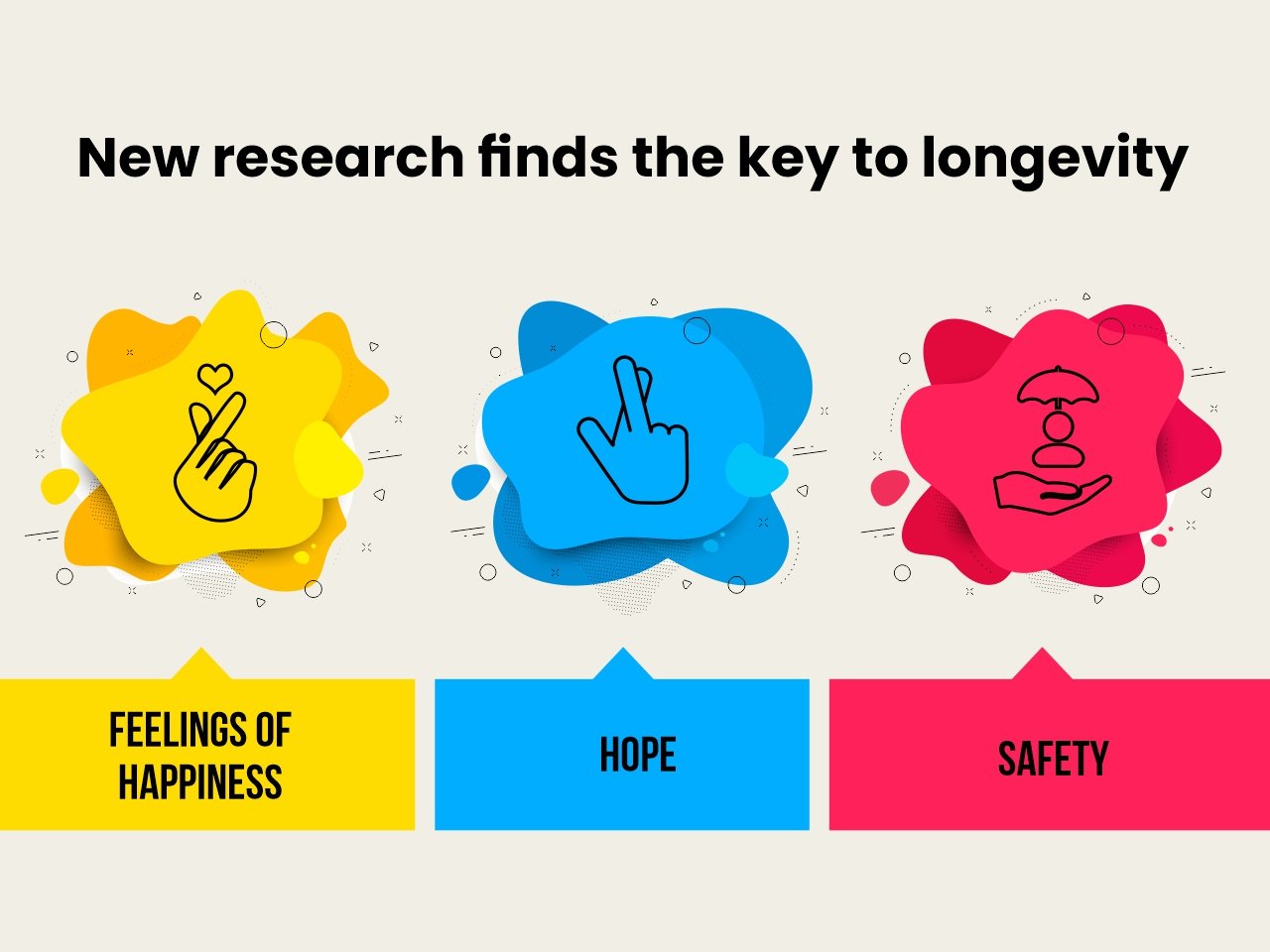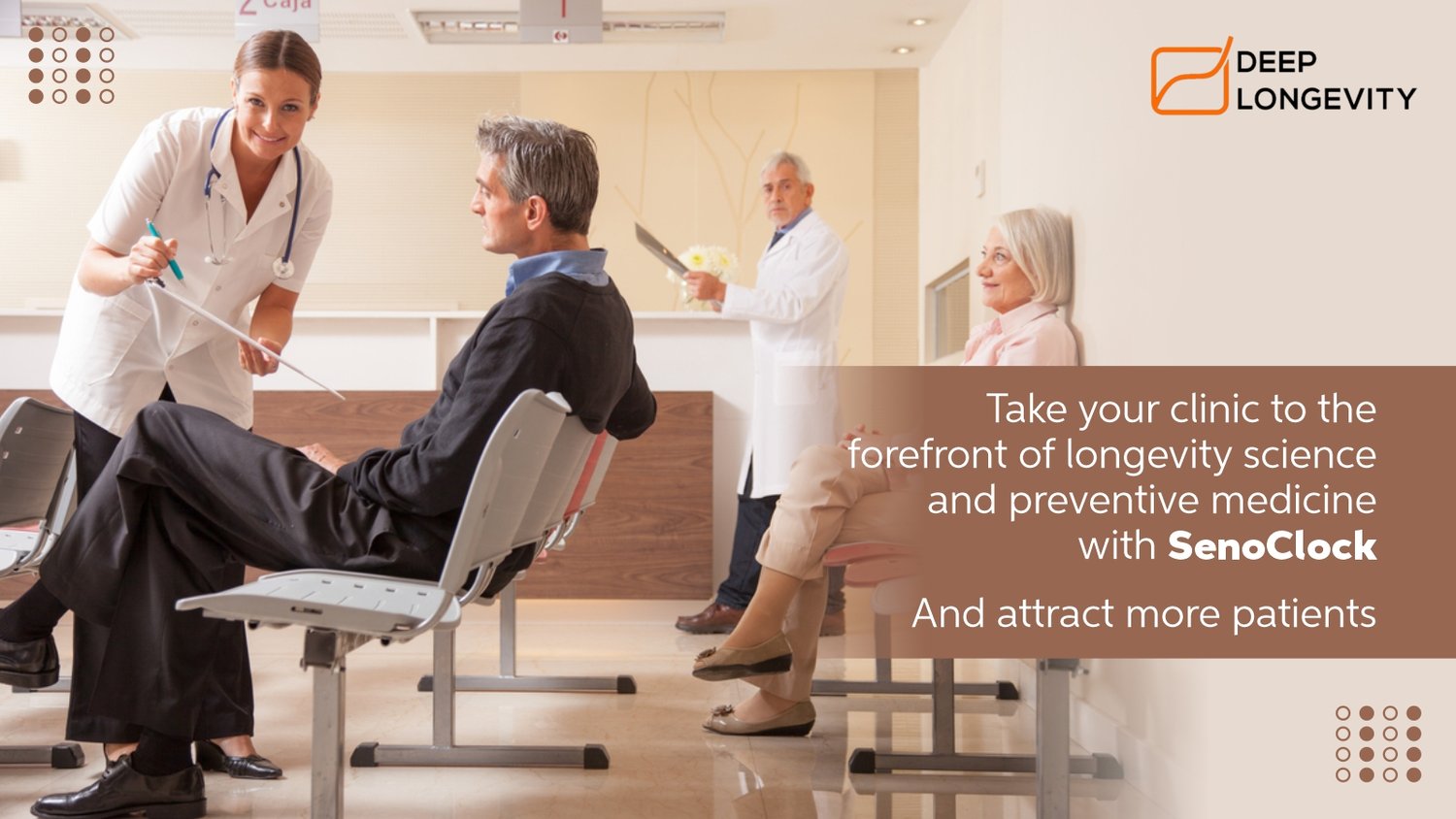
New year, old memories: The Longevity Recap 2022

We are almost at the first of January. The month of the year when everyone at every organization sits down to review their progress and ups and downs in the past year. It’s only fair that the industry that keeps talking about adding years to human lives performs its due share.
The year 2022 has been one of the investigations, findings, launches, and new avenues of longevity science and technology. We have moved from the initial incubation steps at Insilico Medicine to publish patents of our own, launch new frontiers of health and wellness technology, and integrate our services beyond individual aging clocks.
Here is a quick review of the year past –
New research and scientific publications
Researchers at Deep Longevity published two scientific studies in 2022. Both papers were published in top peer-reviewed academic journals with a focus on human longevity and aging.
The happiness research: Researchers at Deep Longevity and Harvard Medical School came together to publish a new study exploring the true causes of happiness and human longevity. Scientists proposed a deep learning model of human psychology that can predict the subjective age and current well-being of a person. The researchers have also demonstrated how SOM models and AI can be used to promote psychological well-being and slow down aging.
True factors of human aging: Researchers at Deep Longevity and the University of Hong Kong join hands to publish one of its kind study on Chinese older adults. The study used different aging clocks based on blood biomarkers and psychological well-being to predict the subjective age of a test group. And the results demonstrated how psychological and socioeconomic factors affect human aging more than hazardous acts like smoking and serious diseases.
Welcoming new customers and clients at Deep Longevity
Advanced longevity clinics and healthcare providers have already started using multiple branded and white-label LaaS products by Deep Longevity. Although, we expect the trend to continue and power through 2023 and beyond. Here is to the new longevity customers who have pioneered and joined us this year —
Cidrani – Cidrani is a HealthTech startup building an AI-powered platform and pioneering microbiome diversity in the guts to improve human well-being and longevity. Duped as the most-innovative organic beverage, their fermented micro drinks are rich in postbiotics that stimulate immune response and reduce inflammation.
Modern Age – Modern Age is an advanced, NYC-based longevity clinic that offers personalized slow-aging and anti-aging treatments to prolong happiness and well-being.
Deep Launches | New Products by Deep Longevity
The year again witnessed Deep Longevity develop and launch advanced products and tools. These solutions will not only help longevity experts and doctors diagnose aging but also allow professionals in related fields, e.g., health insurance, human resource, drug design, etc., to offer better services.
SenoClock – Launched in November 2022, SenoClock is a SaaS-based aging clock platform that offers all our aging clocks. It allows doctors and professionals to access biological, psychological, and a variety of subjective aging clocks to evaluate and improve the aging rate and well-being of their patients. The integrative approach, nestled within this tool, will also allow for better care and longevity services in the future.
Our current focus is to avail all our aging clocks to SenoClock. We plan to open the platform for other providers and research groups who may want to offer their aging clocks via SenoClock. It will not only help launch new models of advanced aging clocks — but also allow doctors to keep up with the latest technology. We’ll share more on this in the year to come!
Futurself.ai – More than 30000 people are already using Futurself.ai to measure their psychological age and well-being based on a simple questionnaire. Built upon the MindAge clock, the free web service also has an embedded recommendation engine that offers personalized recommendations based on different psycho types and SOM-analysis to improve the psychological well-being of the user.
Although, Futurself and its recommendation engine can improve the aging rate in most use cases. People are still advised to consult trained and certified professionals for significant results.
Global Media Coverage & Social Signals

Journalists and scientists around the world are talking about us and our work. Deep Longevity and its research projects have been covered by some of the most prominent media houses and social accounts from around the globe.
These stories not only help us reach more users but also inform the populace about the new frontiers of longevity science and technology. Here are some of the top stories that our team loves –
Wall Street Journal – Our CEO was interviewed by Wall Street Journal in an exclusive coverage that focused on Deep Longevity’s research in the context of aging clocks and longevity.
Forbes – In a Forbes article, our founder and CLO discussed the plasticity of the psychological age – and how our AI tools and recommendation engine may reverse or slow down the damage and help individuals find the optimal path to mental stability.
Bloomberg – Deep Longevity’s research director was covered on Bloomberg. They discussed different approaches to cure aging and improve human longevity, including both digital models of brains and physiological longevity. It’s an interesting read.
The Telegraph – The Telegraph covered our research on the effects of psychosocial factors on aging, which demonstrated how feelings of happiness, hope, and safety lead to better health outcomes.
Fox News – Fox News covered our research on how loneliness can be worse for your health than smoking and serious health and kidney diseases.
SCMP – South China Morning Post covered the launch of Futurself.ai and an exclusive telephonic interview with our CLO, Alex Zhavoronkov.
The Longevity Podcast
Our CEO and CLO appeared on the Inside Tracker podcast with their CEO, Dr. Gil Blander, and Lead Nutrition Scientist, Ashley Reaver
They discussed everything from why we started, how artificial intelligence and deep learning may predict subjective age based on different data types, organ-specific age, modern age diagnosis, longevity therapeutics, and drug design, to other applications of Deep Longevity aging clocks in different industries.
Alex also explained how different aging clocks and recommendation engines correlate and function behind the scene to deliver subjective age reports. You can watch the complete podcast on their YouTube channel. It’s a fun watch, especially when they struggle to explain what exactly it is that these aging clocks measure.
What’s next for Deep Longevity?
Now that we are done with the review of the year – let’s move to the plans for the year ahead.
As of now, our experts are working day and night to bring the MindAge clock to the SenoClock platform. It will allow physicians and longevity professionals to evaluate the psychological age, well-being, and maturity of their patients, clients, and employees on the go.
The end goal is to integrate and avail all our aging clocks on SenoClock as soon as possible. It will not only benefit the platform but also quicken the process for the doctors and patients who may want to use these tools in clinical settings.
Our product and legal teams are also working on a new patent application. The process for which is well underway, and we expect the results either by the end of 2023 or the year next.
And our research continues…
Our researchers and scientists continue to explore new avenues of deep learning and artificial intelligence in the context of aging and longevity. And we plan to publish more exciting findings and news in the near future.
It is our promise that we will continue with the efforts to improve your and your patient’s future health and happiness. Here is to celebrate the frontiers of human longevity. May your new year bring all the joy and accomplishments you wish for!
We wish you a very very Happy New Year
But wait…
Have you decided on a goal for your biological or psychological age at the end of 2023? Maybe, you want to slow down aging – or start tracking your aging rate?
Longevity and preventive medicine require continuous effort, monitoring, and care to improve your health and life. If you haven’t started already, at least think about it. The earlier you begin taking care of your physical and mental health and well-being, the better for you and your family.











